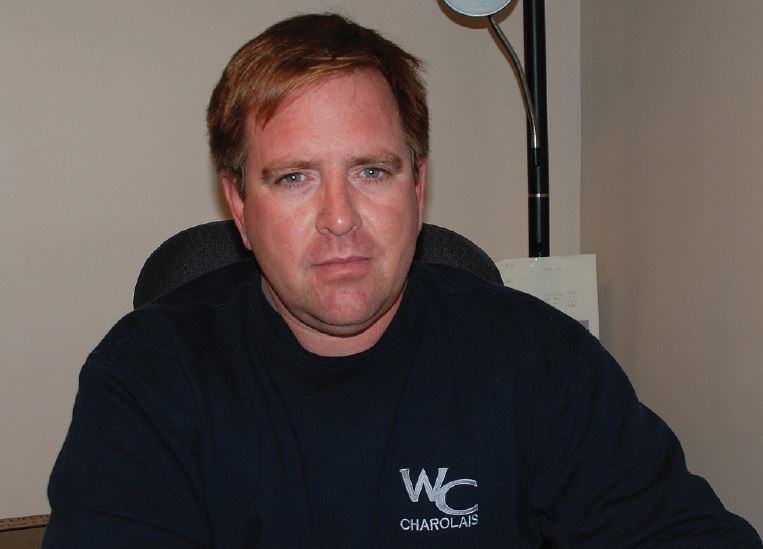Whether he’s evaluating seed, equipment or management practice, Derry Wright applies a simple test.
“We chase profit traits,” the Richmond, Mo., producer explains. “We focus on things that allow us to be the most profitable while still being good stewards of the land.”
Striving to optimize productivity and economy in tillage led Wright to the Kelly Diamond Chain Harrow, a tool that gets the job done quickly and economically. The Kelly Chain Harrow’s offset flexible disc gangs are drawn across the ground at an angle, maximizing the surface tillage effect while leaving residue n top of the ground. Ruts are leveled, weeds are uprooted and what’s left behind is the kind of seedbed that gets crops off to a vigorous start.
Wright raises corn and soybeans but about 75 percent of the ground is in corn each year and that means he has a lot of heavy residue to manage.
“A disc ripper is a must on corn ground but it’s the Kelly that enables the ripper to do a superior job,” he explains. “We’ll run a Kelly behind the combine to flatten the stalks and then follow with the ripper — that works really, really well.”
In the spring following an anhydrous application, one pass with the Kelly delivers the kind of seedbed Wright is after. “The Kelly does an extra good job of leveling the ground,” he says. “It moves a lot more dirt than people give it credit for and in the blacker, heavier soils it
works without creating clods.”
On soybean residue, a single pass with the Kelly may be the only tillage required to prepare a field for planting.
The leveling effect and the absence of clods and slabs are important, explains Wright who bought his first Kelly in 2008, because the value of a good seedbed goes well beyond just looking nice.
“If the terrain isn’t smooth, you’re going to get planter bounce,” he says. “That’s going to create nonuniform placement and that will have a negative effect on yields. It’s the same with clods. A good seedbed translates into good yields. It enables us to get the most from our seed genetics and all the other inputs required to raise a crop.”
The two-inch tillage depth is ideal, Wright adds, and even dispersal of residue also contributes to more consistent seed placement as well as protecting soil.
The Wright cropping operation runs two 45-ft. Kelly Diamond Harrows with significantly better fuel economy and speed than a field cultivator. That productivity is especially important to Wright since, in addition to crop farming, he also operates Letzig Seed and Wright Charolais which produces elite Charolais seedstock for commercial and purebred customers.
Low maintenance is another Kelly advantage. “With the Kelly, we’re not buying field cultivator sweeps and harrow teeth every year,” he explains. “There’s just not much maintenance to it.”
Wright’s Missouri River bottom soils range from sandy to heavy black soil. The Kelly Diamond Chain Harrow, he says, works well in all environments. Most importantly, it saves him both time and fuel in addition to producing what he calls an “ideal” seedbed for corn and soybeans.
“The Kelly has become a very important part of our effort to profitably grow corn and soybeans,” Wright concludes.


